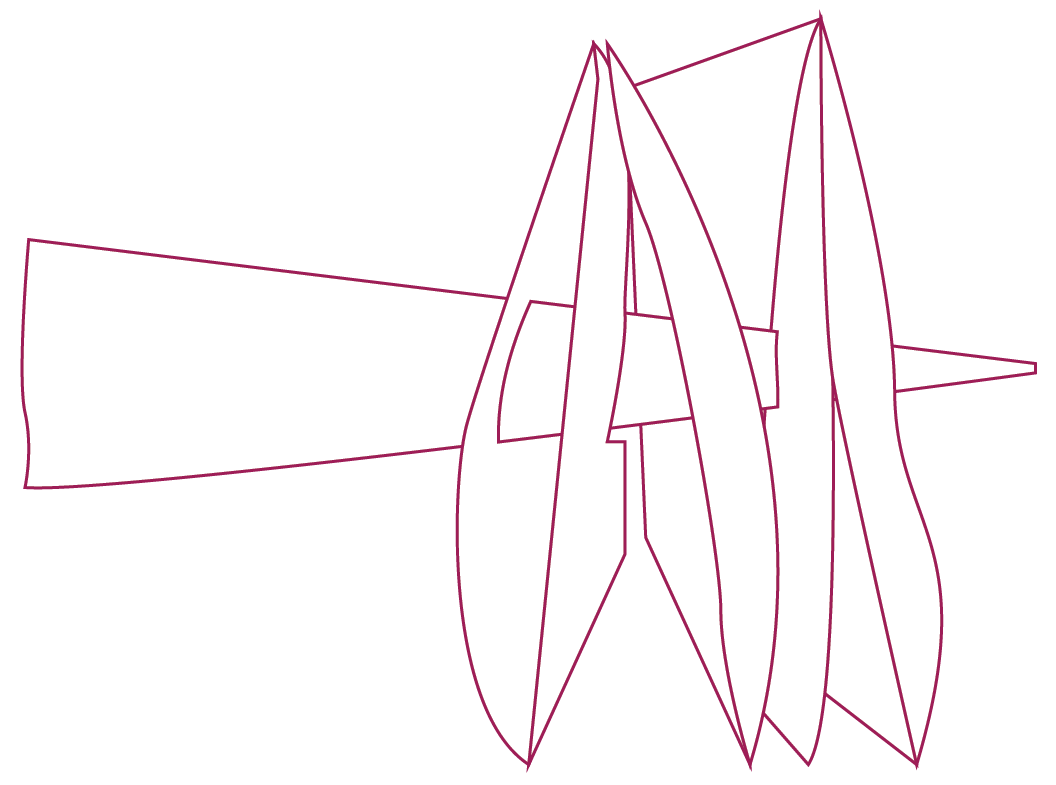break up
See UH0248. Jessica’s letter to Lorenzo. See also prop model.
Quote: The Merchant of Venice. A play by Shakespeare written between 1596 and 1598, printed in 1600, and reprinted in the First Folio (1623).
MV II.iv.9. Enter Lancelet with a Letter.
MV II.iv.10.Lan.LAUNCELOT And it shall please you to breake vp this, shall it.”
MV II.iv.11 seeme to signifie.
MV II.iv.12 LORENZO I know the hand, in faith 'tis a faire hand
MV II.iv.13 LORENZO And whiter then the paper it writ on,And whiter than the paper it writ on
MV II.iv.14.1 LORENZO I the faire hand that writ.
Unlocking History Concept uri
https://letterlocking.org/doll/concept/47
Preferred label
break up
Alternative label
break the seal; breaking the seal; breaking up
Scope note
Used extensively in the early modern period to refer to the opening of letters and wax seals. It is not always clear whether writers are referring to the breaking of the seal or paper (OED, “break,” v. 2a), or of the letter more generally (OED, “break,” v. 10. trans.).
Top concept
conceptual objects
https://letterlocking.org/doll/concept/610
Broader/Parent concept
conceptual objects
https://letterlocking.org/doll/concept/610
Related concept
capon
https://letterlocking.org/doll/concept/50
The Arts & Architecture ThesaurusⓇ Online, The Getty Research Institute. Concept uri
Not in AAT
The Language of Bindings Thesaurus (LoB) Concept uri
Not in LoB
Scope note source reference
OED, “break,” v. 10. Trans.
Used extensively in the early modern period to refer to the opening of letters and wax seals. It is not always clear whether writers are referring to the breaking of the seal or paper (OED, “break”, v. 2a), or of the letter more generally (OED, “break,” v. 10. trans.).
Quote: The Merchant of Venice. MV II.iv.9. Enter Lancelet with a Letter. MV II.iv.10.Lan.LAUNCELOT And it shall please you to breake vp this, shall it.”
Quote: Achilles in Shakespeare’s Troilus and Cressida (c.1602): “Here is a letter from Queen Hecuba ... I will not break it” (5.1.38–41)
Quote: Leontes in Shakespeare’s Winter’s Tale (1611): “Breake vp the Seales” (3.2.140)
Quote: Michel de Montaigne, Essays, trans. John Florio: “being on the instance of curiositie, and on the greedie and insatiate passion of newes, which with such indiscreet impatience, and impatient indiscretion, induceth vs to neglect all things, for to entertaine a new-come guest, and forget all respect and countenance, wheresoever we be, suddainly to break-vp such letters as are brought- vs” (Montaigne, 1613: 201)
Quote: John Reynolds, The triumphs of Gods revenge: “wherefore with more speed then affection, and with more haste then charity, they likewise breake up the seales of her Letter” (Reynolds, 1635: 431)
Source
Oxford English Dictionary (OED).
1596 and 1598, printed in 1600. William Shakespeare. The Merchant of Venice.
2019. Daniel Starza Smith & Jana Dambrogio. “Unfolding Action: Locked Letters as Props in the Early Modern Theatre” essay in Early British Drama in Manuscript, ed. by Tamara Atkin & Laura Estill, British Manuscripts, 1 (Turnhout: Brepols). 229–245.
Jana Dambrogio and Daniel Starza Smith with the Unlocking History Research Group. Letterlocking: The Hidden History of the Letter. Cambridge and London: MIT Press, 2025.
Return to
DoLL: alphabetical list of concepts
DoLL: hierarchy (index) of concepts
